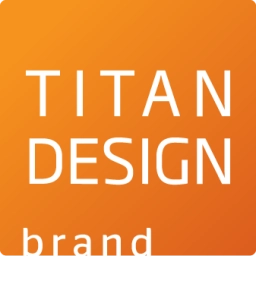Publication Design
The primary functions of a publication are to entertain, educate, or present reference material in an easy-to-use logical format. That is why it is important that the design not interfere with the reader’s understanding of the material.
Publication Preparation and Design
Although the basic principles of typography and layout are not used in certain publications, it is best to follow the traditional design conventions unless the client requires otherwise. A clear and consistent layout with a logical flow from one page to another can be achieved by means of a well-structured network. By designing visual systems for certain types of information such as captions and side columns, readers will be able to easily navigate through the work. It is also important to remember that a large amount of text tends to put the strain on the eyes; for that reason, a lot of “blank” space, a proportional column width, and a proper font size spacing are all important to keep in mind.
All publications, from novels and annual reports to magazine manuals, have different audiences and functions, so each of them needs a unique design solution. Depending on the amount of information and the target audience, a designer has to create a format that will engage the audience and present the content in an appropriate and well-thought-out way.
Newsletter
Find us on social media
© 2011–2024 Titan Design studio
11 000 Belgrade, Serbia, Milutina Milankovića 120a
office@titandizajn.com



